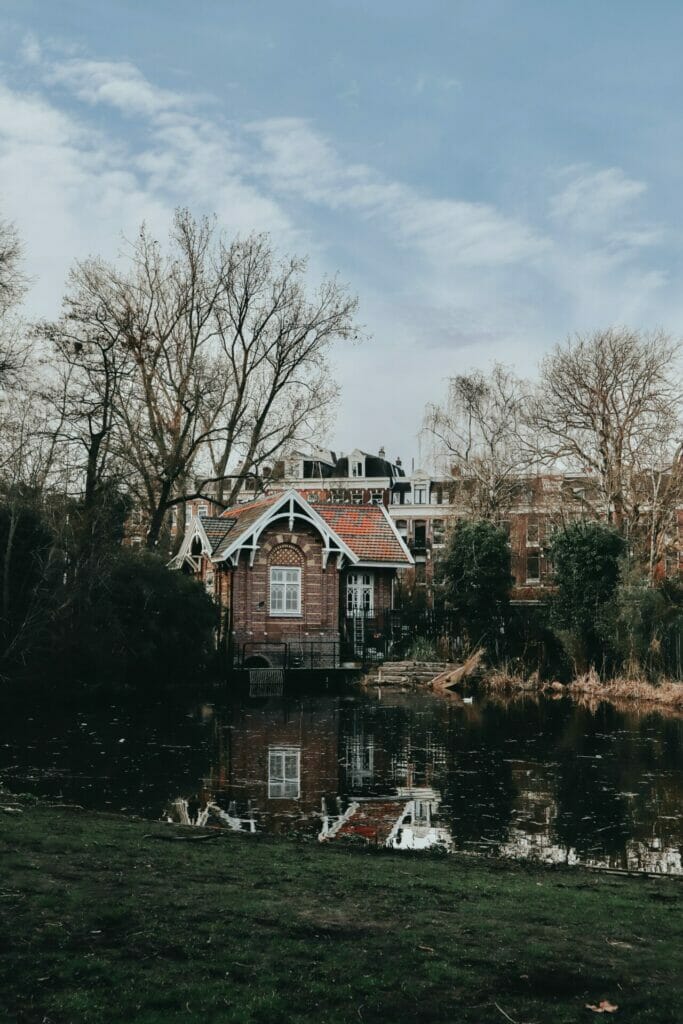
Improving the efficiency or upgrading the environment of listed buildings is often difficult without altering the character or architectural integrity of the building. Secondary glazing provides a cost friendly, highly discreet solution. It can be installed in a variety of listed buildings such as:
- Estates
- Manors
- Lodges
- Halls
- Churches
- Residential and commercial properties that are protected
Secondary glazing can also be a suitable choice for any property that is located in a conservation area.
What Is Secondary Glazing?
Secondary glazing refers to the process of installing a “secondary” window on the room side of an existing primary window in a property. These completely independent internal windows provide a few solutions to older, leaky single glazed windows already in place.
The secondary window is a separate element that is fitted within an individual frame separate element fitted within its own individual frame, secure into place and sealed off to create a tight finish.
There are various different types of secondary windows including:
- Vertical sliders
- Horizontal sliders
- Top hung
- Double side hung
- Single side hung
- Lift out
- Fixed
Secondary glazing can provide practical benefits for any type of property.
Is Secondary Glazing A Suitable Choice For Listed Buildings?
National heritage bodies are responsible for managing historic environments. As such, they will provide advice to government departments as well as local planning authorities on any development proposals that will impact a listed building.
While secondary glazing will slightly alter a listed building, proposals for this are typically accepted by conservation officers.
Secondary glazing is a reversible, retrofit modification and can be removed without impacting the original fabric of the property. The only work that will need to be completed are repairs to the fixing holes and slight redecorations where the glazing was installed.
Typically, secondary glazing remains in a listed building due to the benefits that it provides.
Why Is Secondary Glazing A Beneficial Addition To Listed Buildings?
Windows in listed buildings are often only single glazing leading to issues with rooms that are cold and have low levels of efficiency. Issues with frames that are poorly fitted or have been damaged over the years can also impact the acoustic performance of the property and may be a security risk.
Secondary glazing for listing buildings is a discrete option which allows for the windows to be effectively upgraded without impacting the integrity or aesthetic of a period property.
Secondary glazing can provide numerous benefits when correctly installed in a listed building. They can improve the acoustic and thermal performance without changing or impacting the character of the windows that are already in place. Indeed, secondary glazing will not have any impact on the exterior aesthetic and will barely be noticeable inside.
Secondary glazing frames are also designed to be durable and will continue to provide long-lasting practical benefits for years without the need for repairs or replacements.
The environmental changes to the building are significant, leading to huge energy savings and an improved living area.
If you are the owner of a listed property or your property is located in a conversation area it is unlikely that you will gain permission to alter or modify the existing windows. Secondary glazing provides a suitable alternative and is one of the most popular additions to privately owned listed buildings.
Is Listed Building Consent Required To Install Secondary Glazing?
It is important to note that it is an offence to carry out any changes on a listed building without first receiving Listed Building Consent. This does include the installation of secondary glazing.
As such, you might need to gain Listed Building Consent from your local authority before you arrange for this work to be completed.
In the event that the building is located in a conversation area, you should also seek advice from a conservation officer.
Professional contractors that install secondary glazing can assist with your consent application. This includes surveying areas of the property where you are keen to install secondary glazing.
The right contractor can also increase the chance of you receiving consent by ensuring that the bespoke frames are designed to be discreet and can be integrated seamlessly into the surrounding structure of the property. Frames can also be finished to ensure that they match the specific shade of the decor used in the building.
While the right contractor can significantly improve your chances of receiving listed building consent for this change, there are no guarantees. It will always depend on a final decision by your local authority.
We hope this helps you understand the benefits of secondary glazing for listing buildings and why it could be a suitable choice for your property.

